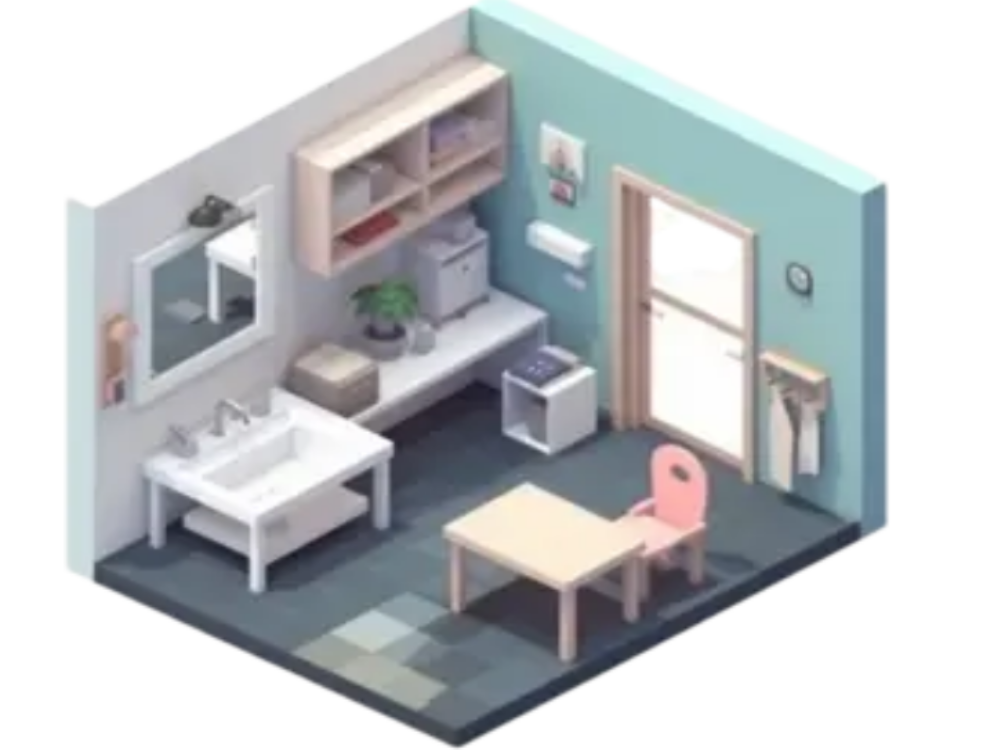Aim
The aim of the project is to build a locker controlled by using smartphone gestures.
Problem statement
Problem Statement:
Design and develop a smartphone gesture-based locker system to enhance the security and convenience of accessing and securing personal data and applications on a mobile device. The system should allow users to unlock and lock their smartphones using a set of predefined, user-defined gestures, improving accessibility while maintaining robust security measures. The solution should address the following key challenges:
Security: Ensure that the gesture-based locker system is as secure as traditional PIN or password methods to prevent unauthorized access to the device. It should be resilient against potential attacks, such as brute force or pattern recognition.
User Experience: Create an intuitive and user-friendly interface that enables users to easily set up and use the gesture-based locker. It should be customizable to accommodate various user preferences and accessibility needs.
Gesture Recognition: Develop a reliable and accurate gesture recognition algorithm that can distinguish between intentional gestures and accidental touches or movements. The system should work effectively under different environmental conditions and on various smartphone models.
Accessibility: Ensure that the gesture-based locker is accessible to a wide range of users, including those with disabilities or special needs. Implement features like voice guidance or alternative input methods for accessibility.
Recovery and Backup: Develop mechanisms for recovering access to the device in case a user forgets their gestures or faces technical issues. Implement a secure backup and recovery system.
Integration: Ensure seamless integration of the gesture-based locker system with the existing smartphone operating system, including compatibility with biometric authentication methods (e.g., fingerprint or facial recognition).
Privacy: Address potential privacy concerns by ensuring that the gesture data is securely stored and processed, with clear policies on data handling and user consent.
Robustness: Design the system to be robust against unintended locking or unlocking, ensuring it does not hinder the user’s normal operation of the smartphone.
Usability Testing: Conduct usability testing to gather feedback from a diverse user group and make iterative improvements based on user input.
Regulatory Compliance: Ensure that the system complies with relevant data privacy and security regulations, such as GDPR or CCPA.
The goal is to create a smartphone gesture-based locker system that enhances security, accessibility, and user experience, while addressing the potential challenges and concerns associated with such a solution.
Material used
Input: Bluetooth
Brain: TinkerSpace Brain Board
Output: Servo motor
Battery: Lithium-ion rechargeable battery
Component description
BULETOOTH
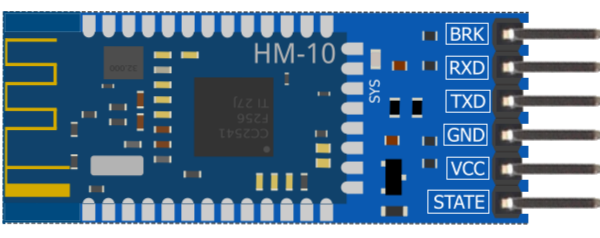
BluetoothHC-05 Bluetooth module is used to send / receive data from smartphone to Brain board
SERVO MOTOR
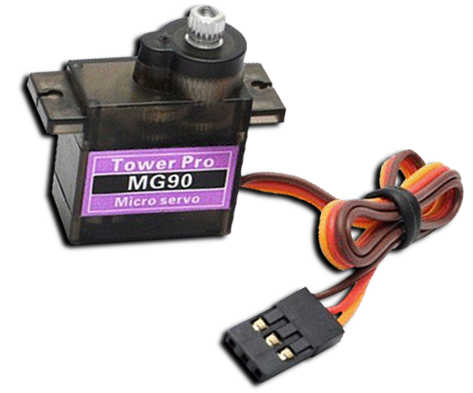
The function of Servo Motor is to open and close the door
TinkerSpace Brain Board
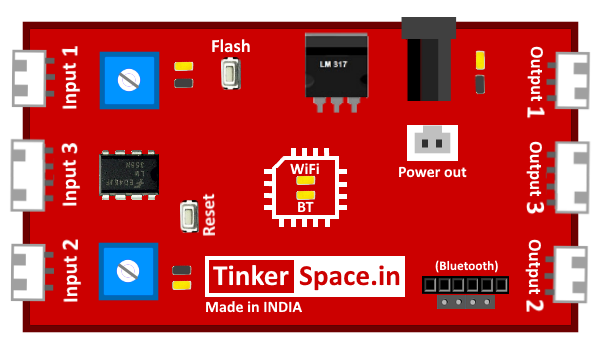
TinkerSpace board acts as brain of this project, its function is to monitor Bluetooth and control Servo Motor
Battery
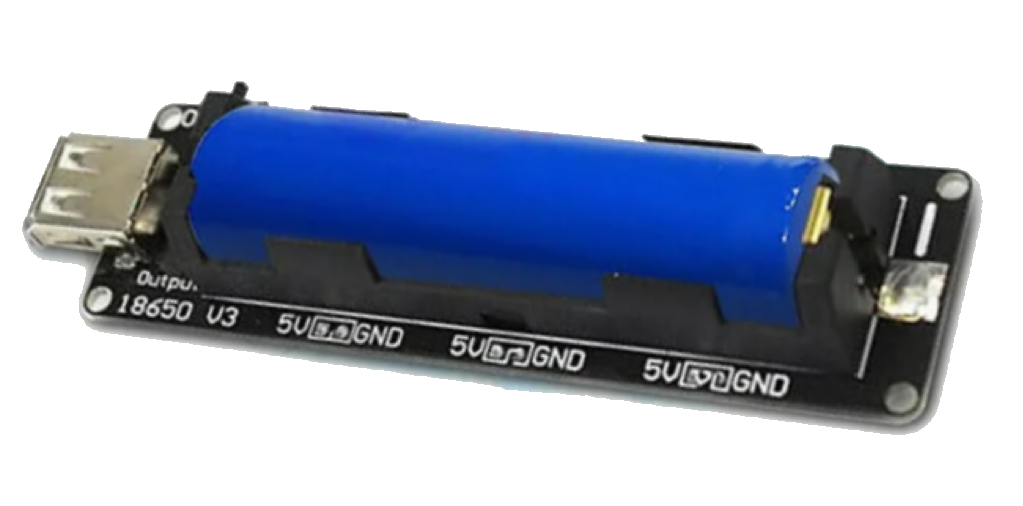
5V Lithium-Ion battery is used to power-up this project
Working description
When bluetooth (input) receives the command to turn lock the locker, theTinkerSpace brain board (brain) locks the locker using the servo motor.
When bluetooth (input) receives the command to turn unlock the locker, the TinkerSpace brain board (brain) unlocks the locker using the servo motor.



